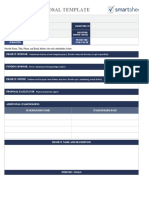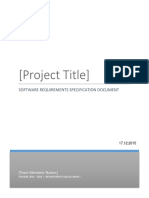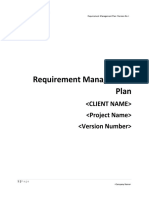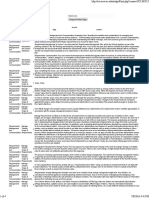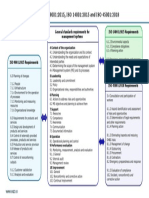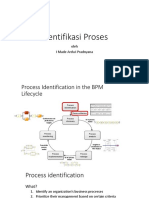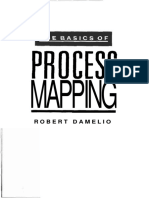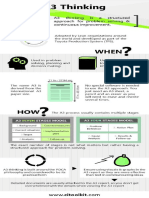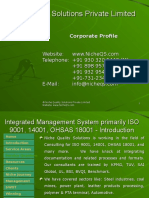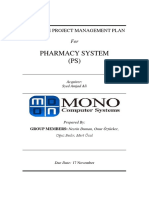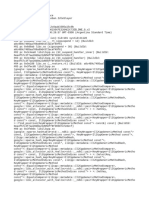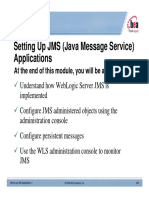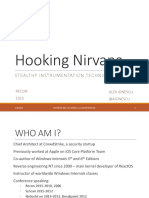0% found this document useful (0 votes)
386 views11 pagesProcess Mapping in Four Steps
A process is a series of steps taken to accomplish a task or activity. Everything we do involves multiple processes. There are four main steps to business process engineering: 1) Identifying the key processes, 2) Gathering information about the process from documents and stakeholders, 3) Interviewing people involved and creating a process map, and 4) Analyzing the process to find ways to make it more effective and efficient. Tools like flowcharts, templates, and process definition agreements are used to document and improve the processes.
Uploaded by
Troy GreenCopyright
© Attribution Non-Commercial (BY-NC)
We take content rights seriously. If you suspect this is your content, claim it here.
Available Formats
Download as PDF, TXT or read online on Scribd
0% found this document useful (0 votes)
386 views11 pagesProcess Mapping in Four Steps
A process is a series of steps taken to accomplish a task or activity. Everything we do involves multiple processes. There are four main steps to business process engineering: 1) Identifying the key processes, 2) Gathering information about the process from documents and stakeholders, 3) Interviewing people involved and creating a process map, and 4) Analyzing the process to find ways to make it more effective and efficient. Tools like flowcharts, templates, and process definition agreements are used to document and improve the processes.
Uploaded by
Troy GreenCopyright
© Attribution Non-Commercial (BY-NC)
We take content rights seriously. If you suspect this is your content, claim it here.
Available Formats
Download as PDF, TXT or read online on Scribd
/ 11




